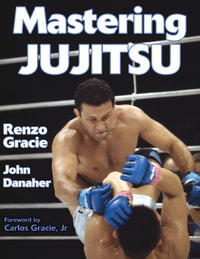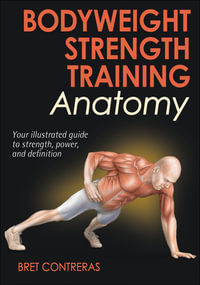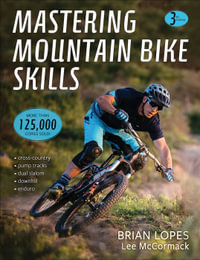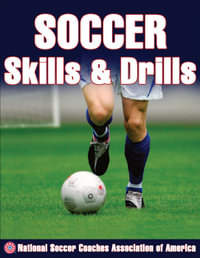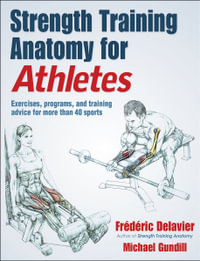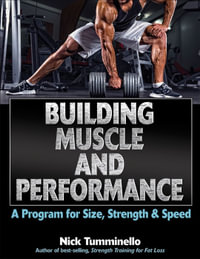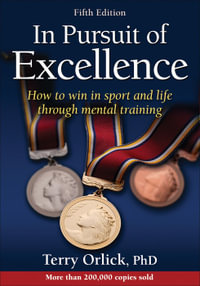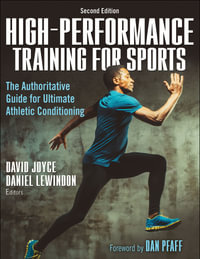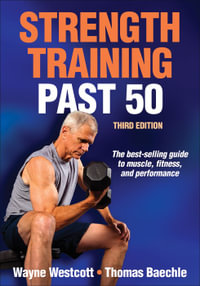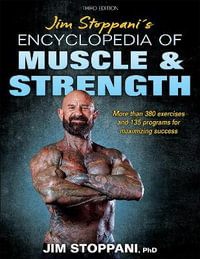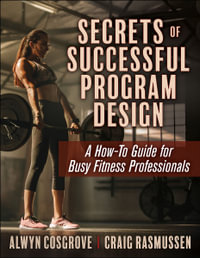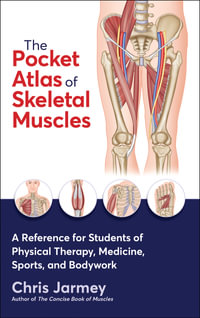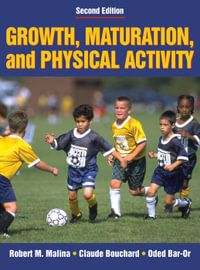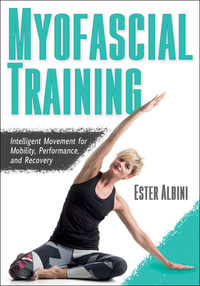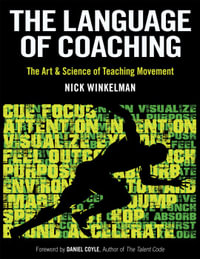Part I. Foundations of Aging Chapter 1. Aging, Physical Health, and Physical Activity Danielle R. Bouchard, PhD, CSEP-CEP, and Sarah Webb, BSKin, CSEP-CPT Defining Aging Physical Activity, Exercise, and Sport Common Conditions Associated With Aging Summary Review Questions Chapter 2. Aging Theories Theodore C. Goldsmith, BS Evolutionary Mechanics Theories Simple Damage and Fundamental Limitation Theories Evolutionary Nonprogrammed Aging Theories Evolutionary Programmed Aging Theories Programmed Versus Nonprogrammed Aging Controversy Medical Implications of Aging Theories Life Span Extension Research Anti-Aging Medicine Policy, Ethics, and Social Issues Regarding Aging Theories Summary Review Questions Chapter 3. Demographics Shift Zachary Zimmer, PhD History of Population Growth Patterns of Population Ageing Today Impact of Fertility Decline on Population Ageing Impact of Mortality Decline on Population Ageing The Compression of Morbidity Summary Review Questions Part II. Physical Dimensions of Aging Chapter 4. Body Composition and Age-Related Changes Katherine Boisvert-Vigneault, MSc, and Isabelle J. Dionne, PhD Measures of Changes in Body Composition Fat-Free Mass Bone Mass Fat Mass Co-Occurrence of Obesity, Sarcopenia, and Osteoporosis Perspectives Summary Review Questions Chapter 5. Musculoskeletal Changes Martin Senechal, PhD, CEP, and Brittany Rioux, MSc Overview of Skeletal Muscle Skeletal Muscle Strength and Power Losses With Aging Muscle Fibers and Aging Muscle Groups, Actions, and Aging Demographic Differences and Aging Muscle Power and Aging Physiological Mechanisms of the Loss of Skeletal Muscle Strength Physiological Mechanisms of the Loss of Skeletal Muscle Power Resistance Training to Improve Skeletal Muscle, Strength, and Power Summary Review Questions Chapter 6. Cardiovascular Changes Silvia Pogliaghi, MD, PhD, and Juan M. Murias, PhD Anatomical Changes of the Heart and Vessels Functional Changes of the Cardiovascular System Cardiovascular Adaptations to Endurance Exercise Training Future Directions Summary Review Questions Chapter 7. Pulmonary Changes Joseph W. Duke, PhD, and Andrew T. Lovering, PhD Resting Pulmonary Function With Healthy Aging Ventilatory Responses to Exercise With Healthy Aging Pulmonary Circulation, Blood Flow, and Gas Exchange Summary Review Questions Chapter 8. Endocrine System Changes Anthony C. Hackney, PhD, DSc Endocrine System Changes With Aging Physical Activity, Lifestyle, and Endocrine System Function With Aging Acute Exercise-Induced Hormone Responses in Older Adults Further Research Summary Review Questions Part III. Physical Implications of Aging Chapter 9. Balance, Locomotion, and Falls Debra J. Rose, PhD, FNAK Age-Related Changes in Multiple Systems Age-Associated Changes in Gait Evaluating the Multiple Dimensions of Balance Measuring Balance in Laboratory Settings Measuring Balance in Clinical or Field Settings Overview of the Gait Cycle Measuring Gait in Clinical or Field Settings Measuring Balance and Falls Self-Efficacy Falling as a Result of Balance Failing Designing Exercise Programs Aimed at Lowering Fall Incidence Rates Summary Review Questions Chapter 10. Motor Control Eduardo Martinez-Valdes, PT, MSc, PhD, and Alessandro M. De Nunzio, B. Eng., MSc, PhD Motor Learning Neural Plasticity Decline in Motor Skills Induced by Aging The Role of Exercise in Improving Motor Function Future Research Summary Review Questions Chapter 11. Physical Functions Danielle R. Bouchard, PhD, CSEP-CEP, and Andrea Mayo, MSc Defining Physical Function and Frailty Consequences of Low Physical Function Physical Function Associated With Aging Measuring Physical Function Measuring Frailty Role of Physical Activity in Physical Function Summary Review Questions Part IV. Exercise: A Powerful Prevention Tool Chapter 12. Measurements of Exercise Specific to Older Adults Kelliann K. Davis, PhD, FACSM, CCEP, and Daniel E. Forman, MD, FAHA, FACC Clinical Perspectives Pre-Exercise Screening and Considerations Medication Considerations Predictable Clinical Complexities Affecting Assessments Exercise Testing Balance and Gait Assessments Summary Review Questions Chapter 13. Barriers and Solutions to Exercise Adherence Mariana Wingood, PT, DPT, and Nancy Gell, PT, PhD, MPH Social Ecological Framework Physical Activity Recommendations for Older Adults Physical Activity Adherence Factors Screening and Assessment Tools for Barriers and Facilitators Interventions to Promote Physical Activity Considerations for Common Practice Settings and Diagnoses Among Older Adults Summary Review Questions Chapter 14. Physical Activity and Exercise Recommendations for Functional Health Gregory W. Heath, DHSc, MPH, and Danielle R. Bouchard, PhD, CSEP-CEP Physical Activity Recommendations for the General Population Choice of Physical Activity and Exercise for Older Adults Sedentary Behavior and Physical Function Improvement of Functional Health With Chronic Conditions Implementing Physical Activity for Older Adults Summary Review Questions Chapter 15. Exercise Recommendations for Masters Athletes Nattai Borges, PhD, and Luke Del Vecchio, PhD Masters Athletes Physical Performance Benefits of Long-Term Systematic Training Training Considerations for Masters Athletes Endurance Performance and Age Sprint Performance and Age Strength and Power Performance and Age Holistic Health Benefits of the Masters Athlete Lifestyle Potential Negative Impacts of High-Level Training in Masters Sports Summary Review Questions


